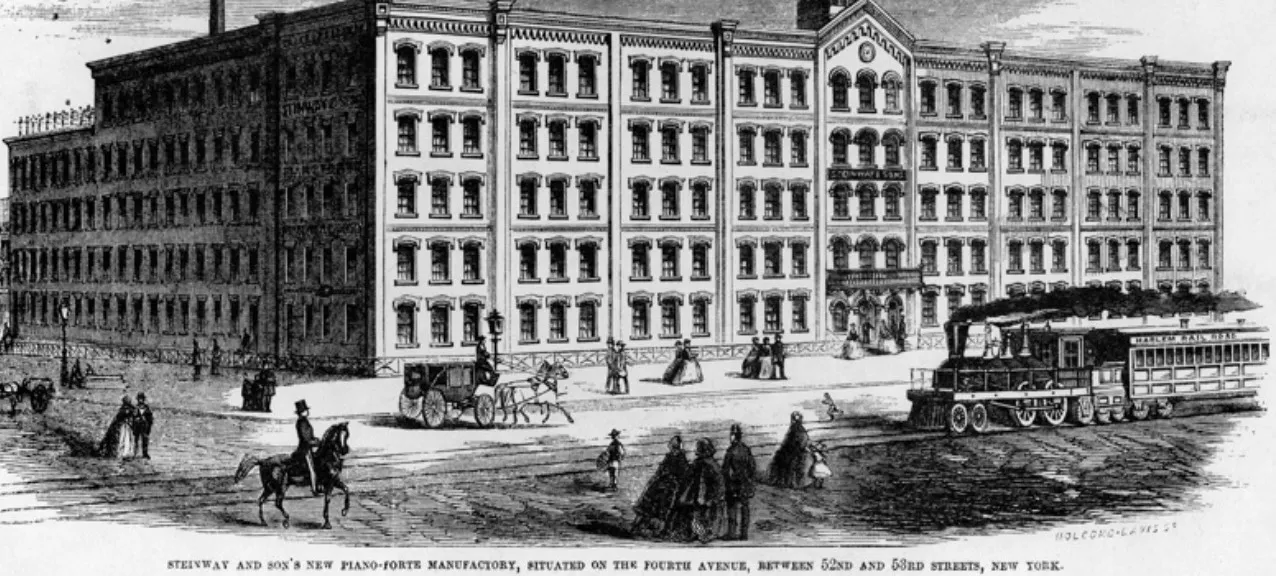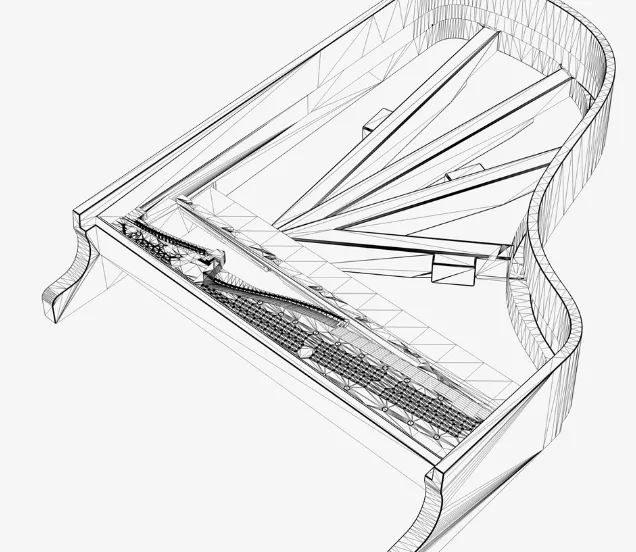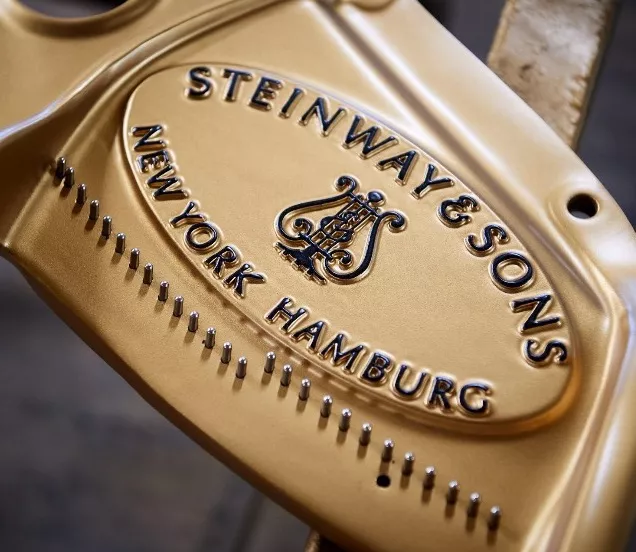Building pianos in the kitchen
The story begins with Heinrich Engelhard Steinweg. His youth was marked by many tragedies. At the age of 8, he was orphaned and had to fend for himself to survive. In 1822, he began working as a cabinetmaker for an organ builder and discovered his passion for music and instrument making. In 1836, he built his first instrument. However, at that time, you could only become a keyboard maker if you were a member of a guild. Therefore, he built his first instrument in secret, in his kitchen. The instrument earned the fitting nickname "Kitchen piano". In 2006, Piano's Maene built a replica of this first piano. The instrument was built according to the Viennese tradition. The level of finish and build quality of this first instrument were immediately top-notch and comparable to other major builders from that region and time.
The poor political climate in Germany and the patchwork of various regulations in the German regions led Heinrich Engelhard to decide, in 1850, to move to the United States with his five children. On the advice of friends, he changed his name there from von Steinweg to Steinway. In the first three years, Heinrich Engelhard, together with his sons, worked with various piano builders. In 1853, he decided to build his own instruments. The Steinway company was born!





